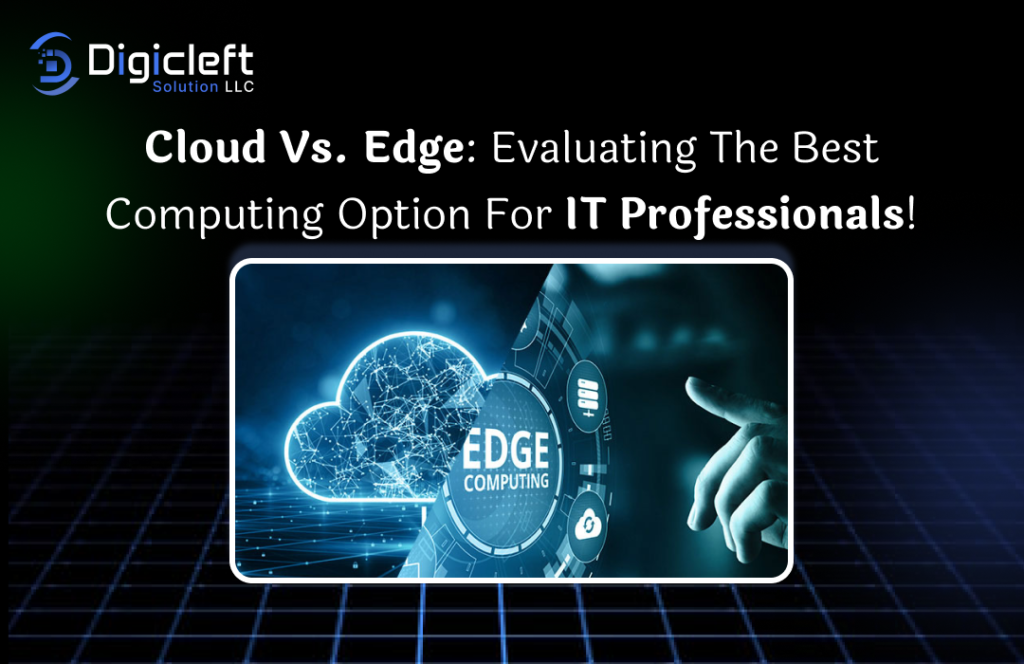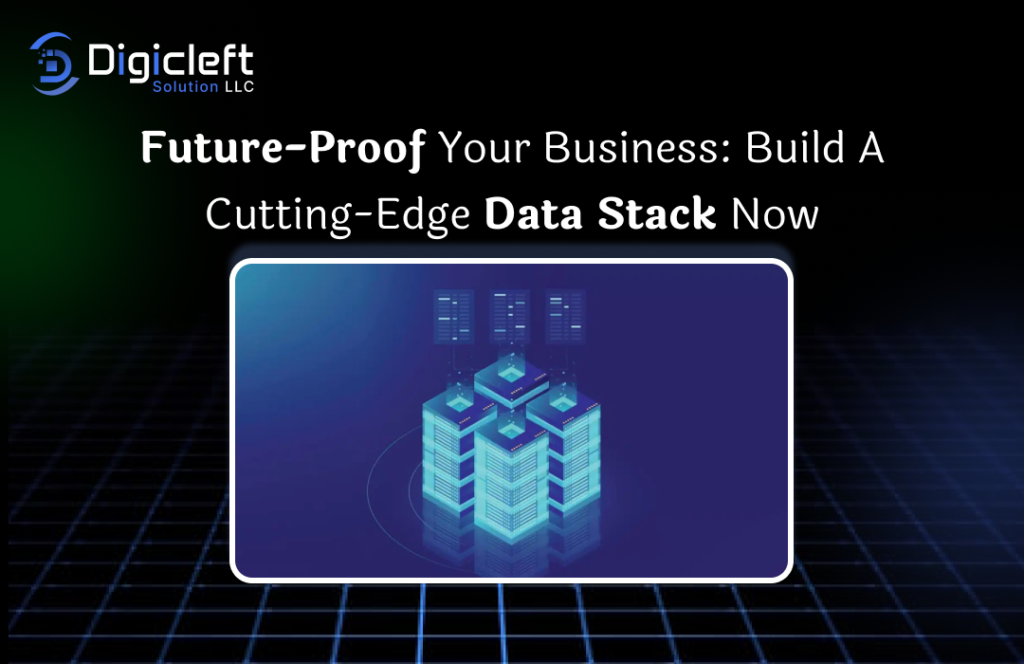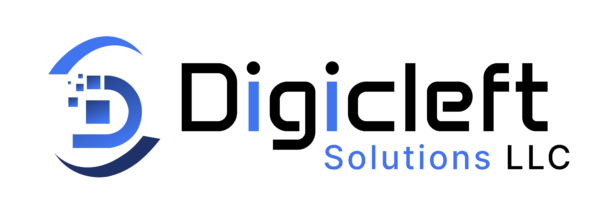
Introduction to Modern Computing Paradigms
Let’s face it—technology is evolving faster than most of us can keep up with. As an IT professional, choosing between cloud and edge computing is like picking between a private jet and a race car. Both are fast, sleek, and powerful—but serve very different needs.
What is Cloud Computing?
Cloud computing is the big brother of modern IT infrastructure. It’s all about storing and processing data on remote servers, often miles (or continents) away. Think Amazon Web Services (AWS), Microsoft Azure, or Google Cloud. It’s reliable, scalable, and ideal for global access.
What is Edge Computing?
Edge computing brings the power closer to where data is generated—literally. Instead of sending data back to a central cloud server, edge devices process data locally. Imagine self-driving cars or industrial IoT sensors making real-time decisions without waiting for a cloud server’s response.
The Core Differences Between Cloud and Edge
Here’s a quick side-by-side comparison to give you a snapshot:
| Feature | Cloud Computing | Edge Computing |
|---|---|---|
| Data Processing | Centralized (remote) | Decentralized (local) |
| Latency | Higher | Lower |
| Internet Dependency | High | Low to moderate |
| Scalability | Extremely scalable | Limited by device |
Speed & Latency – Who Wins the Race?
Let’s get real: speed matters. Whether you’re streaming video, handling transactions, or analyzing sensor data, latency is key.
- Cloud: Data has to travel far, creating delays.
- Edge: Processes data near the source, leading to near-instant response times.
If you need real-time performance, edge wins hands down.

Data Storage and Accessibility
Cloud is like a giant digital warehouse—you can store as much as you want, retrieve it from anywhere, and never worry about space. Edge, on the other hand, is more like a handy backpack—great for on-the-go tasks but limited in capacity.
- Cloud: Best for massive data storage
- Edge: Ideal for temporary or time-sensitive data handling
Scalability and Flexibility
Scaling in the cloud is as simple as clicking a button. Want more power? Just upgrade your plan. With edge, you’re often tied to hardware limits.
- Cloud: Effortless scaling with minimal hardware investments
- Edge: Limited by physical infrastructure
For rapidly growing businesses or projects, cloud is more flexible.
Security and Privacy Concerns
This one’s a double-edged sword.
- Cloud: Centralized systems are attractive to hackers, but providers have top-tier security protocols.
- Edge: Less data is transferred online, which reduces exposure, but individual edge nodes can be vulnerable.
For sensitive environments, edge may offer better data sovereignty, while cloud provides better overall infrastructure protection.
Cost Comparison: Cloud vs. Edge
Cloud usually comes with a pay-as-you-go model, which can be economical—or expensive—depending on usage. Edge might require upfront investment in hardware, but operational costs could be lower in the long run.
Short-term vs. long-term:
- Short projects = Cloud
- Long-term operations = Edge
Use Cases Where Cloud Shines
- Running SaaS applications
- Data analytics and machine learning
- Web hosting and content delivery
- Large-scale enterprise backup and recovery
Basically, if you don’t need ultra-low latency, cloud is a powerhouse.
Use Cases Where Edge Is a Game Changer
- Autonomous vehicles
- Smart factories with real-time automation
- Healthcare monitoring devices
- Retail environments with real-time foot traffic analysis
Where immediacy is crucial, edge computing steps up.
The Role of Hybrid Computing Environments
Why not have both? Hybrid systems combine the scalability of cloud with the speed of edge. For example, edge devices can handle real-time data while pushing less urgent data to the cloud for storage and analysis.
Hybrid = the best of both worlds.
What IT Professionals Should Consider Before Choosing
When picking between cloud and edge, ask yourself:
- Do you need real-time data processing?
- What are your latency requirements?
- How sensitive is the data you’re handling?
- What’s your budget and infrastructure?
There’s no one-size-fits-all. It’s about aligning your tech stack with your specific needs.
Real-World Examples: Cloud and Edge in Action
- Netflix (Cloud): Uses cloud servers to stream to millions globally.
- Tesla (Edge): Cars process data locally to make split-second driving decisions.
- Smart Agriculture (Hybrid): Sensors analyze soil moisture (edge), while cloud platforms track long-term trends.
These aren’t just theories—they’re already shaping our world.
The Future of Computing: Is It Cloud, Edge, or Both?
The line is blurring. As 5G becomes widespread and IoT adoption explodes, the future lies in a synergistic approach. You’ll likely see more systems leveraging edge for speed and cloud for scale.
In short: It’s not a battle. It’s a partnership.
Conclusion
The choice between cloud and edge isn’t about which is better overall, but which is better for you. Need speed and autonomy? Edge has your back. Crave scale and flexibility? Cloud is your ally. For most IT professionals, the sweet spot lies in combining both strategically.
FAQs
1. Can edge computing replace the cloud?
No. Edge complements the cloud by handling real-time tasks locally, while the cloud manages storage and heavy processing.
2. Is edge computing more secure than the cloud?
It depends. Edge reduces exposure by limiting data transfer, but individual nodes may lack robust security.
3. Are hybrid cloud-edge systems expensive?
They can be, but they offer a cost-benefit balance by optimizing where data is processed and stored.
4. Who uses edge computing today?
Industries like healthcare, manufacturing, autonomous vehicles, and retail are early adopters of edge.
5. What’s the best option for startups?
Startups often benefit from the flexibility of cloud computing, especially during early growth stages.


